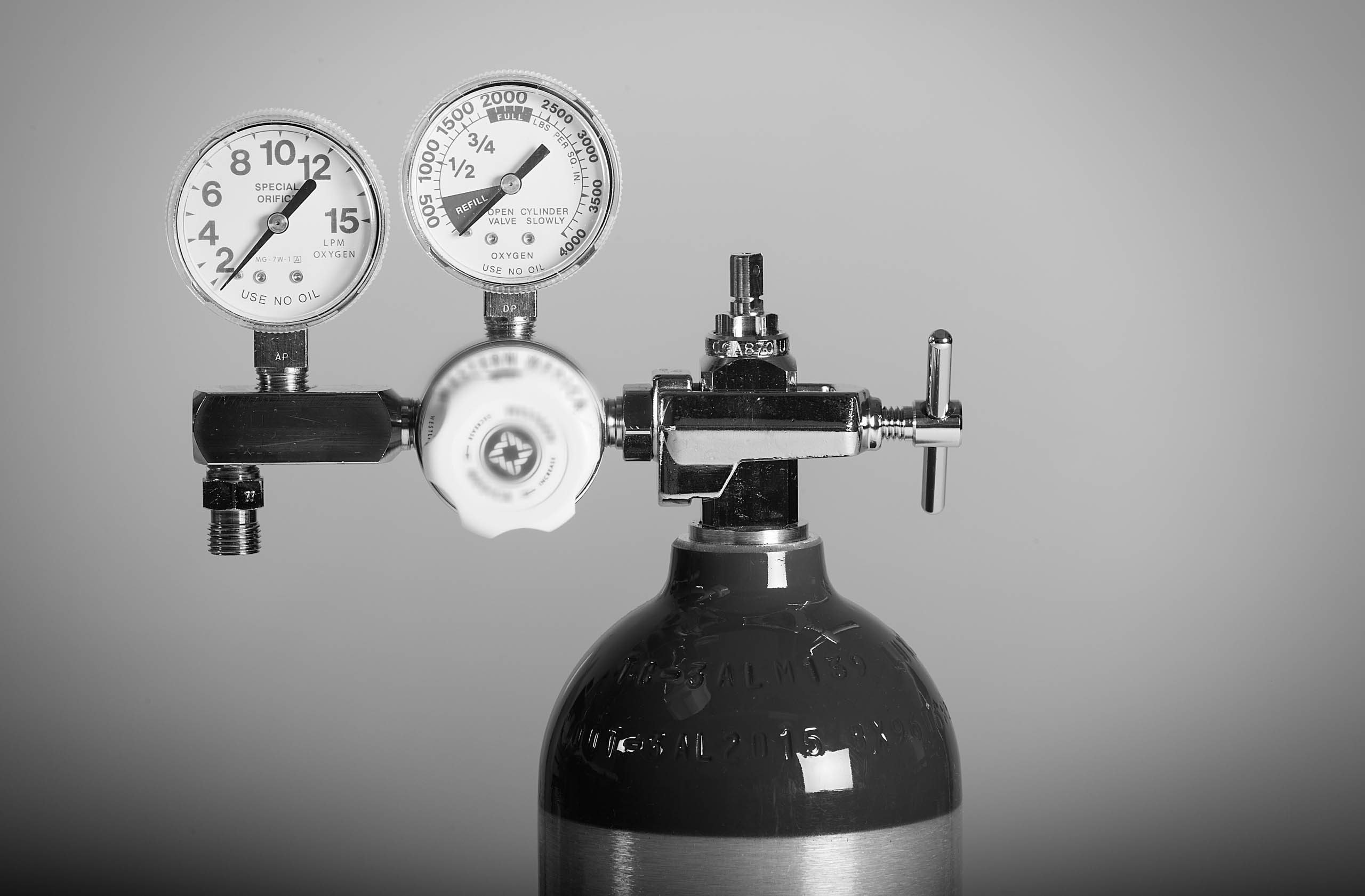
In December 2016, the Department of Veterans Affairs (VA) announced that they will be maintaining the current physician-led model of care and reversing the proposal to replace physician anesthesiologists with nurse anesthetists (1). The proposal, originally published in the Federal Registrar in May 2016, had originally sought to expand the scope of certified nurse anesthetists’ role and allow them to practice without a physician supervisor.
This new rule was originally proposed to remedy the current shortage of physicians in the Department of Veterans Affairs. There was concern over whether there would be enough physician anesthesiologists to accommodate the growing number of veterans requiring anesthesia services. Many believe that Certified Registered Nurse Anesthetists provide a cost-effective and more accessible solution to the shortage of physician anesthesiologists without compromising quality of care. Since 2001, 17 states have opted to allow CRNAs to act as primary providers of anesthesia. While many CRNAs and Nurse Anesthetist medical organizations will point to studies that show that there is no difference in health outcomes of patients undergoing care from a nurse anesthetist or a physician anesthesiologist, whether these studies are reasonably conducted is still heavily debated.
Under a nurse anesthetist-led model of care, nurse anesthetists would be able to administer anesthesia and prescribe medications, which is now limited to physician anesthesiologists. The proposal drew criticism from organizations like the American Society of Anesthesiologists (ASA), which argued that completely replacing physician anesthesiologists with nurse anesthetists would compromise patient safety. The president of the ASA, Dr. Jeffrey Plagendhooperating room is a unique care setting, and anesthesia delivery is inherently dangerous and requires physician leadership to ensure patients are as safe as possible. The proposal would have allowed nurse anesthetists to replace physician anesthesiologists in the operating room. One of the main arguments against allowing full practice authority for CRNAs was that it would eliminate the current team-based approach to anesthesia care. The team-based policy is seen as an essential part of addressing Veterans’ needs in the operating room.
The agency, however, still left room in the rule for nurse anesthetists to possibly be permitted full practice authority in the future if needed (2). The VA agency stated, “Certified Registered Nurse Anesthetists (CRNA) will not be included in VA’s full practice authority under this final rule, but comment is requested on whether there are access issues or other unconsidered circumstances that might warrant their inclusion in a future rulemaking” (2). The Department of Veterans Affairs is not opposed to giving nurses full practice authority, as evidence by its inclusion of certified nurse-midwives, nurse practitioners, and clinical nurse specialists in the new rule that allows for authority in the full extent of their professional competence without physician supervision. This decision has drawn opposition from the American Medical Association (AMA). The AMA’s leadership agrees with ASA and believes that shifting to a nurse-led care model will lead to compromise in patient safety. Both groups actively lobbied against this new proposal.
In addition to medical professional organizations, the rule also attracted a lot of attention from the public. The VA saw more than 104,000 comments in support of maintaining the physician-led model that kept the team-based approach. 11,000 of the 104,000 comments were submitted by Veterans, and 14,000 were by family members of Veterans (3). With the outpour of opposition from physicians, Veterans, family members, and the general public to permitting Nurse Anesthetists full practice authority, it is clear why the Department of Veterans Affairs has decided to keep the physician-led model. Since the new revision has been published, the public has 30 days to weigh in on the decision on the government regulation’s website.
Sources:
- http://www.newswise.com/articles/physician-anesthesiologists-applaud-va-decision-to-reverse-proposal-to-replace-physician-anesthesiologists-with-nurses-for-anesthesia
- http://www.medpagetoday.com/publichealthpolicy/militarymedicine/62054
- http://www.newswise.com/articles/physician-anesthesiologists-applaud-va-decision-to-reverse-proposal-to-replace-physician-anesthesiologists-with-nurses-for-anesthesia




